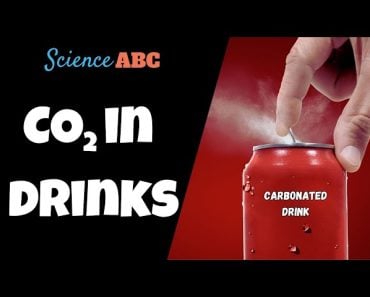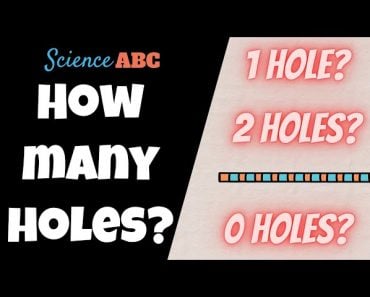Table of Contents (click to expand)
Before a cork is installed in a bottle, it is in cylindrical form (and not in the shape of a mushroom, as it appears when you look at a cork) with a diameter slightly lesser than the neck of the bottle.
Uncorking a champagne bottle is more than the simple act of removing a bottle cap; it is, in fact, a tradition of symbolic significance. Whether it is a sporting ceremony, a company celebration, or a social gathering, it is fairly common for the host to uncork a champagne bottle to mark an important event.
If you have ever been physically present at the uncorking of a champagne bottle, you might have noticed that the cork comes out of the bottle with an impressive pop; sometimes, it even flies out with great force, potentially injuring someone in its rapid flight. The question is, why does the cork jump out? More importantly, how do they cork the bottle at all?
Recommended Video for you:
Why Do Champagne Corks Pop?
You may already know that champagne/sparkling wine bottles are under a significant amount of pressure, which makes the cork pop out once you loosen it or remove the wireframe keeping it in place. However, where does this pressure come from? As you may suspect, it has everything to do with the contents of the bottle. Fermentation keeps the carbon dioxide produced by yeasts trapped inside the bottle in the form of bubbles.
Since these are special yeasts that are highly tolerant to alcohol, they continue to increase carbon dioxide. Having no outlet for release, the pressure inside the bottle keeps on building. For this reason, when the bottle is uncorked, the pressure is released with enormous force, creating the iconic pop.
How Do They Get The Cork In The Champagne Bottle In The First Place?
There is an enormous pressure built up in the bottle, ready to shoot past anything that tries to prevent it from erupting, so how do they cork the bottle with so much force that works against it? Also, you have certainly observed that the corks in normal wine bottles seem to be larger than the holes they fill. So how do they get there?
The corks of champagne bottles are known for their elasticity and compressibility. Typically, corks are made from the bark of a tree, Quercus suber, or the cork oak, which is known for its robust bark and enormous size. Corks can be easily compressed at the cellular level when inserted into a bottle; as soon as they are pushed into place, they expand and form a tight seal.
You may be wondering how to get a cork with a larger diameter into the opening of a bottle with a much smaller diameter.
Well, before a champagne cork is inserted into a bottle, it is in a cylindrical form (and not in the shape of a mushroom, as it appears when it’s been removed from the bottle) with a diameter that is slightly less than the neck of the bottle. At that point, there’s no problem putting the cork inside, thanks to its ability to be easily compressed when an external force is applied.
Once in place, the cork expands and closes the opening of the bottle. This is why champagne corks appear mushroom-shaped when taken out; the curvature of the cork depends entirely on the shape of the bottle in which it is installed.
Since uncorking a bottle releases enormous pressure, it is best to point the bottle away from everyone present (including yourself, obviously!).
References (click to expand)
- Lopes, F., & Pereira, H. (2000, March 9). Definition of quality classes for champagne cork stoppers in the high quality range. Wood Science and Technology. Springer Science and Business Media LLC.
- M Dharmadhikari —. Wine Corks | Midwest Grape and Wine Industry Institute. Iowa State University of Science and Technology
- Everything You Ever Wanted to Know about Bottling but Were .... ucanr.edu













